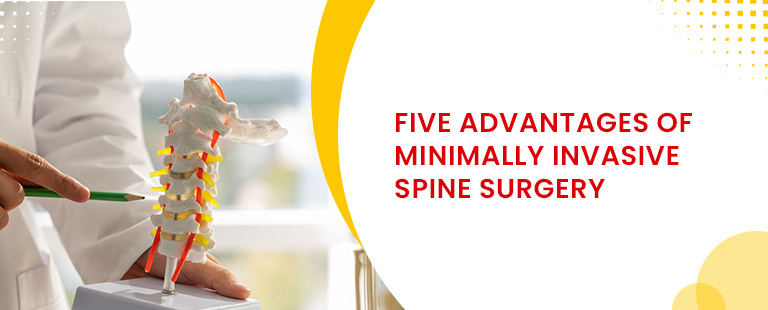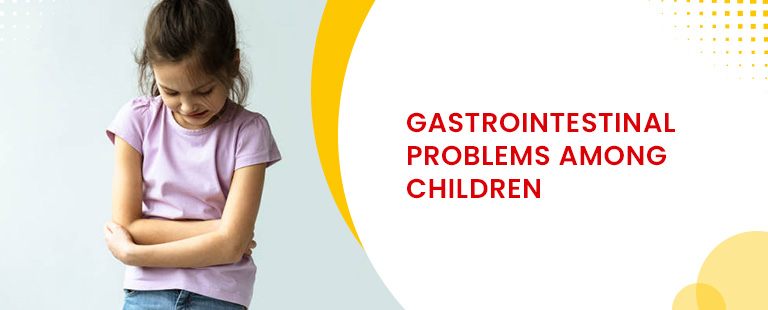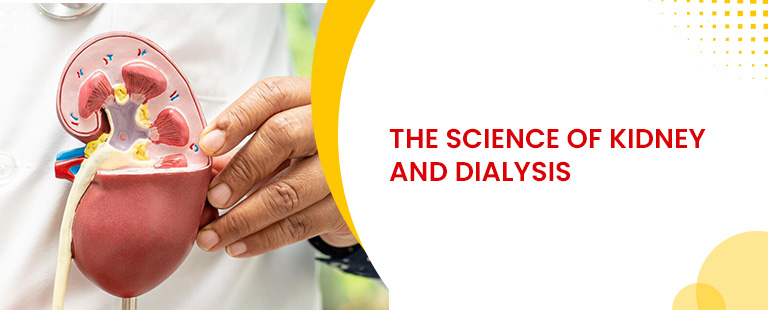Minimally Invasive Spine Surgery or MISS is a surgical approach that aims at treating a wide variety of spinal conditions without impacting the surrounding muscles, tissues, and cells negatively. Compared with open surgery, minimally invasive spine surgery offers many benefits ranging from faster return to day-to-day activities and reduced hospital stay.
Here are the five primary benefits of minimally invasive spine surgery (MISS):
1. Faster Recovery Time
The best and the most important advantage of minimally invasive spine surgery is that it doesn’t take months to recover from.
Unlike traditional open surgery, minimally invasive spine surgery does not involve making large incisions or openings in your body tissues for treatment. Moreover, the tissues surrounding the site of surgery also don’t undergo much disruption or damage because of the utilisation of smaller incisions or cuts in MISS.
Since larger incisions increase blood loss and give more trauma to the surrounding tissues, they not only cause a higher extent of pain but also take more time to heal and recover. Therefore, unlike open surgeries, minimally invasive spine surgery is done by making only small cuts.
As a result, due to lower wound formation, the intensity and the duration of pain decrease. Hence, because of decreased tissue damage and minimal trauma to the other body parts such as muscles, the overall time required to complete the surgery along with the duration of recovery decreases significantly.
Most patients who are treated using minimally invasive spine surgery get a discharge on the day of the operation itself. Faster discharge time means minimised hospital stay and a quicker start to your recovery period.
2. Less Painful Process
In minimally invasive spine surgery, the surgeon makes small incisions or cuts into your tissues and muscles to access and view the affected area for treatment.
The primary goal is to have a closer look and monitor the site of operation using specialized instruments consisting of microscopic video cameras. These cameras pass easily through the organs and tissues that are located in the deeper regions of your body such as—
Nerves of your spine
Vertebrae
Spinal discs
MISS is performed using highly advanced tools and techniques that enable access to your affected tissues without causing much disturbance to the surrounding areas. These techniques are designed to invade your tissues minimally ultimately decreasing the damage that your nerves and muscles undergo.
Henceforth, since the muscles and nerves don’t have to go through a high degree of disruption, the pain in them is minimized. Less pain means reduced need for post-operative care and pain reliever medications.
As a result, the process is less painful and has a faster recovery time in comparison with traditional open spine surgeries.
3. Reduced Risk of Complications
Common complications associated with the traditional open spine surgeries include:
Adverse effects of anaesthesia that might result in heart stroke, brain damage, heart attack etc.
Excessive bleeding due to large cuts
Surgeries that are performed on the pelvis, calves and thighs may sometimes result in the formation of blood clots
Dural tears
Development of infections that cause pain and swelling at or near the site of operation
Minimally invasive surgery doesn’t expose a large surface of your muscles, nerves and tissues to the external environment consisting of contaminants and other chemical components used for treatment. So, the chances of the development of an infection at the incision site and the possibility of other adverse effects on the surrounding tissues are reduced.
Most importantly, since highly advanced imaging technology is utilized, precision is more due to better visualization. The enhanced precision contributes towards the elimination of the risk of complications associated with spine surgery.
4. Less Muscle Damage
In open surgery, in order to have access to the deeper tissues such as nerves, discs and vertebrae for operation, the surgeon needs to first remove the muscles that are located on their upper surface. Therefore, during the procedure, a lot of muscle damage happens before the actual surgery can take place.
The procedures used in minimally invasive spine surgery, in contrast, dilate (stretch and enlarge) these muscles instead of cutting and disrupting them. Hence, the maximum of your natural muscle structure is preserved giving you better muscle functionality and decreasing muscle weakness faced post-operation.
Overall, the level of muscle damage is much less in comparison with traditional open spine surgeries.
5. Better Cosmetic Outcomes
Small cuts generate less pain and heal faster. Apart from these, the visibility of scars caused by minimally invasive surgery is less and they tend to produce better cosmetic outcomes.
Particularly if the surgery has to be performed on the externally visible parts of your body, the presence of big and ugly scars that result from large incisions post-surgery can impact your self-esteem and decrease confidence.
Minimally invasive spine surgery helps you avoid the embarrassment of noticeable scarring and heal with confidence due to enhanced cosmetic results that cause much lesser scarring.





